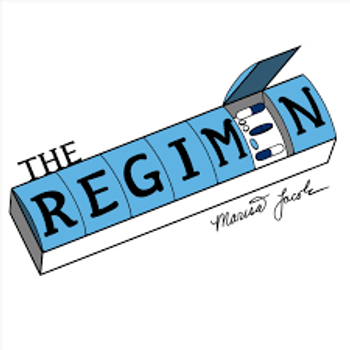
U.S. spending on medicines rebounded in 2013
In a surprising shift, total U.S. spending on medicines increased 3.2% on a nominal basis in 2013 after several years of declining spending, according to a new report.
In a surprising shift, total U.S. spending on medicines increased 3.2% on a nominal basis in 2013 after several years of declining spending, according to a new report.
The study,
“Following several years of decline, 2013 was striking for the increased use by patients of all parts of the U.S. healthcare system – even in advance of full implementation of the Affordable Care Act,” said Murray Aitken, executive director of the IMS Institute for Healthcare Informatics. “Growth in medicine spending remains at historically low levels despite a significant uptick last year, and continues to contribute to the bending of the healthcare cost curve.”
The primary reasons for the increased spending, according to the IMS Institute, are the reduced impact of patent expiries, price increases, higher spending on innovative new medicines, and greater use by patients of the healthcare system.
“Overall utilization of healthcare services grew slightly as consumers returned to the healthcare system – primarily through more office visits to specialist physicians as well as outpatient treatments – following several years of self-rationing,” according to an IMS statement on the report.
Notably, IMS found that the number of hospitals visits increased last year, by patients who were commercially insured and received outpatient treatments. Outpatient hospital visits soared by 13 milion in 2013, and hospital admissions of all types increased by 15.1 million to a total of 603.4 million admissions.
While IMS found that prescription co-payments declined (and account for less than $5 for more than half of all prescriptions filled) in 2013, patients with insurance paid higher out-of-pocket expenses in the form of deductibles and co-insurance last year. In addition, patients filled an average of more than 12 retail prescriptions last year, up nearly 2% year over year. Those aged 65 and over filled an average of 28 prescriptions annually, down slightly from 2012.
Price increases for branded products added $4 billion more in spending growth last year compared to 2012; however, net price growth was essentially flat year over year, reflecting off-invoice discounts and rebates. Overall spending on medicines remained concentrated in traditional small-molecule pills dispensed through retail pharmacies, even as higher growth was seen in biologics and specialty drugs – particularly in retail and mail-order settings.
While drug spending levels have contributed to slower growth in healthcare costs since 2007, nominal spending rose sharply last year. The largest single driver of the 4.2 percentage point shift in spending growth in 2013 was the $10 billion lower impact of patent expiries, the IMS Institute found. Patent expiries in 2013 contributed $19 billion to lower medicine spending, compared to $29 billion in expiries the previous year.
At the same time, 36 new molecular entities launched in 2013, the largest number in a decade, focused on specific disease areas that include oncology, hepatitis C, and HIV.
Newsletter
Pharmacy practice is always changing. Stay ahead of the curve with the Drug Topics newsletter and get the latest drug information, industry trends, and patient care tips.






































































































































